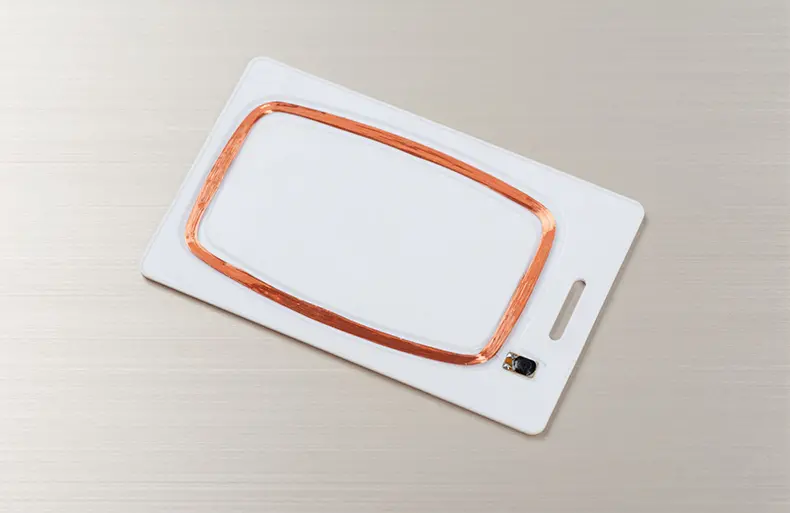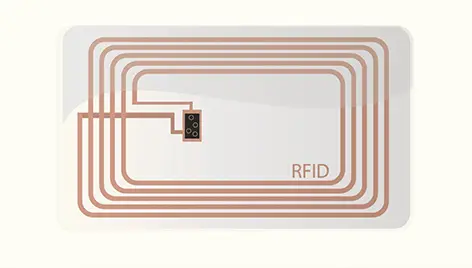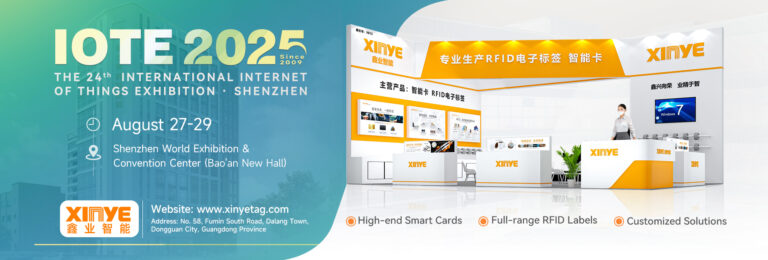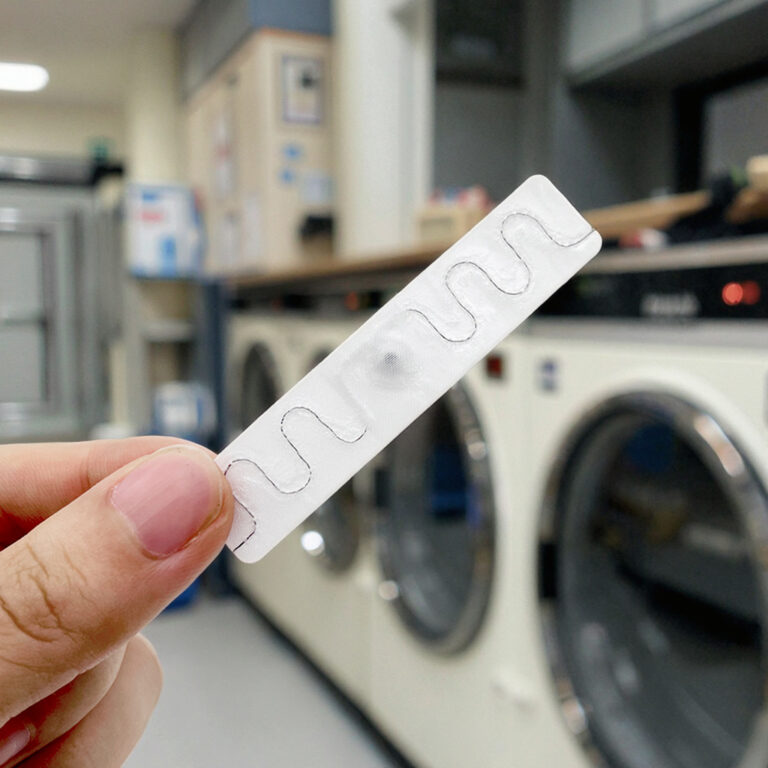What is a FeliCa card?
FeliCa is a contactless smart card technology developed by Sony Corporation. FeliCa cards are commonly used in Japan and other parts of Asia for various applications such as transportation ticketing, electronic money systems, access control, and loyalty programs. FeliCa cards operate on the 13.56 MHz frequency and use integrated circuits (ICs) to store and process data. These cards have a unique identification number (ID) and can store various types of data, including transaction records, balance information, and user-specific data. One of the distinguishing features of FeliCa cards is their fast transaction processing speed. The technology allows for quick and efficient contactless communication between the card and an appropriate reader. FeliCa cards are designed to be durable and can withstand physical wear and tear, making them suitable for everyday use.
FeliCa technology is widely adopted in public transportation systems, allowing users to simply tap their cards onto readers to pay for fares or access gates. It is also used in electronic payment systems, enabling users to make purchases at participating stores or vending machines by waving their FeliCa cards. Overall, FeliCa cards have become an integral part of the contactless payment and ticketing infrastructure in Japan and other regions where the technology is implemented.

How does FeliCa work?
FeliCa is a contactless smart card technology that works based on the principles of radio frequency identification (RFID). Here is a simplified explanation of how FeliCa works:

Card Initialization:
A FeliCa card is manufactured and initialized with a unique identification number (ID) during the production process. This ID is typically programmed and locked to prevent unauthorized modification.
Card and Reader Communication:
When a FeliCa card comes within proximity of a compatible FeliCa reader, they establish communication using radio waves. The reader sends out an electromagnetic field that powers the card and enables it to respond.
Anticollision:
If multiple FeliCa cards are within the range of the reader, an anticollision algorithm helps the reader identify and communicate with one card at a time. This ensures that the reader can interact with the intended card and prevent interference from nearby cards.
Data Transfer:
Once the reader has established communication with a FeliCa card, it can transfer data to and from the card. This can include reading card details, transaction records, balance information, or updating data on the card, such as adding value or deducting fare.
Encryption and Authentication:
FeliCa technology supports encryption and authentication protocols to ensure secure communication between the card and the reader. This helps protect the data stored on the card and prevent unauthorized access or tampering.

Transaction Processing:
FeliCa cards are often used for various applications such as transportation ticketing or electronic payment systems. During a transaction, the card and reader exchange relevant information, such as fare details or purchase amount, to complete the transaction securely and efficiently. It’s important to note that the specific implementation and functionality of FeliCa technology may vary depending on the application and system requirements.
Xinyerfid supplies high-quality Felica Lite-S Chip cards with Japanese standards; Hot gold stamping / hot silver stamping /Laser foil /UV printing /Spray printed number /Matte finish /Glossy finish /Frosted finish /QR code /Magnetic stripe /Scratch off-panel /Embossing number card craft are available. Welcome to contact us and ask for detail.





